Numerous electronic equipment not covered
In several places electronic equipment is left without any covering.
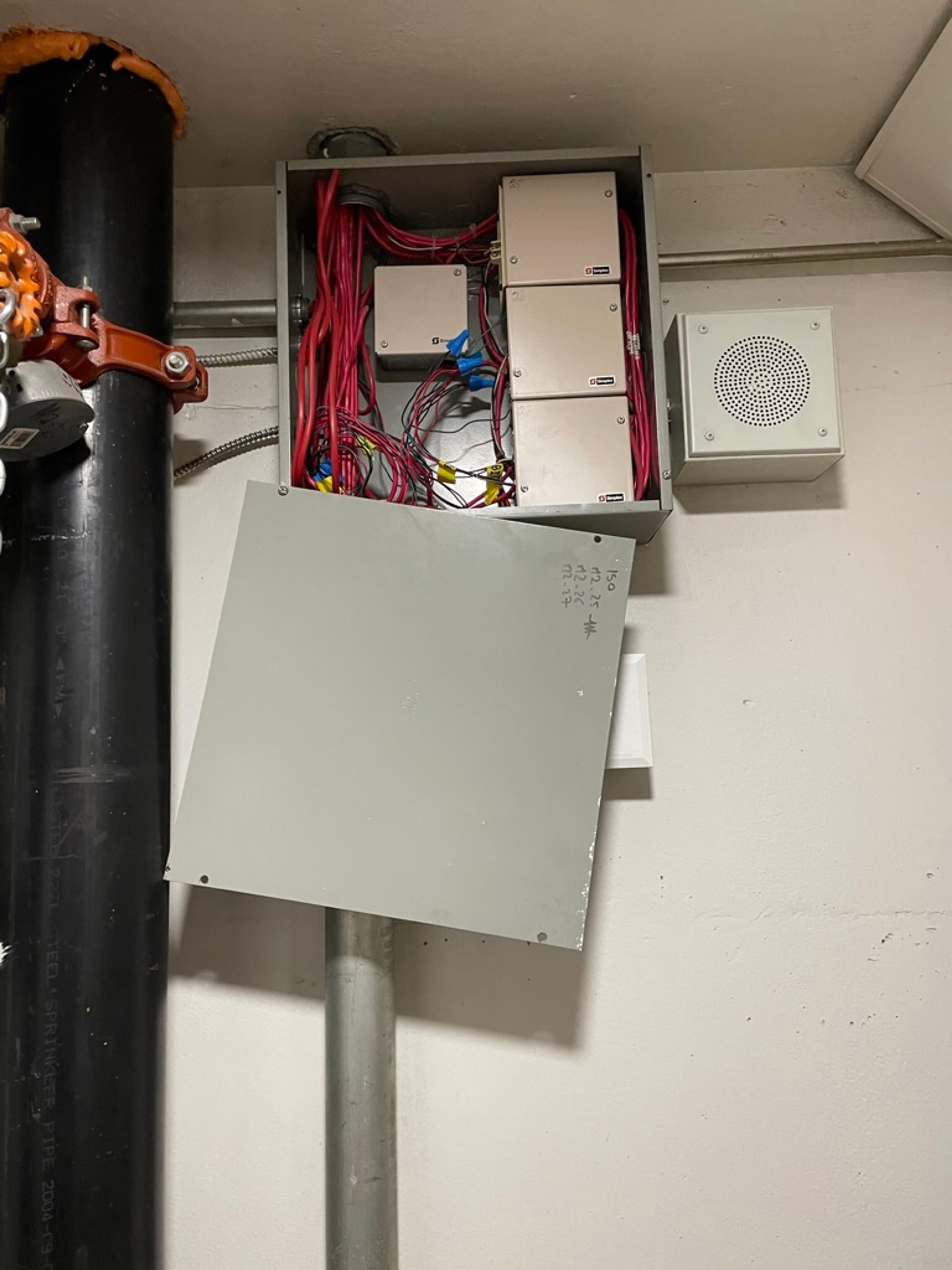
15th floor
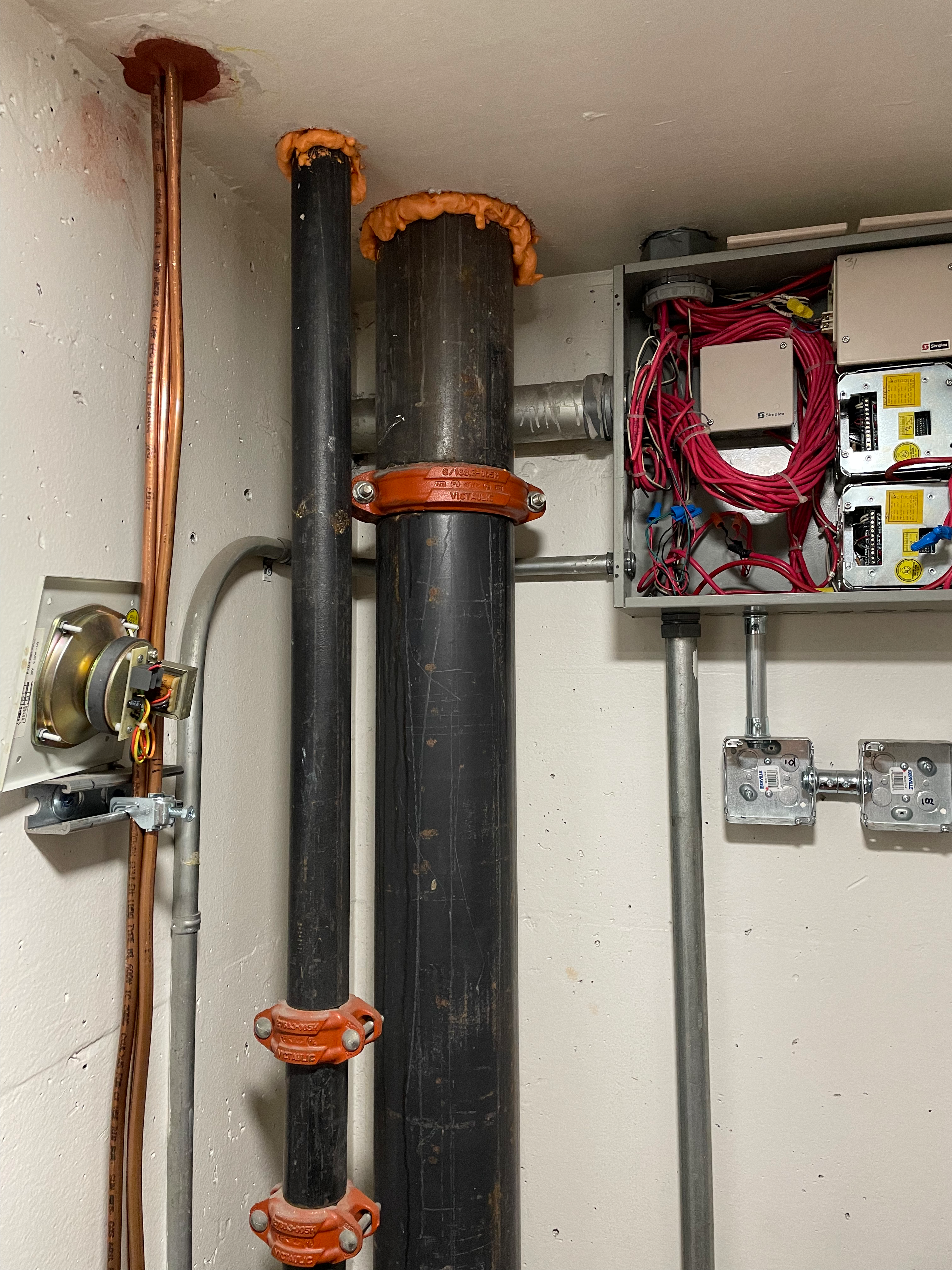
4th floor
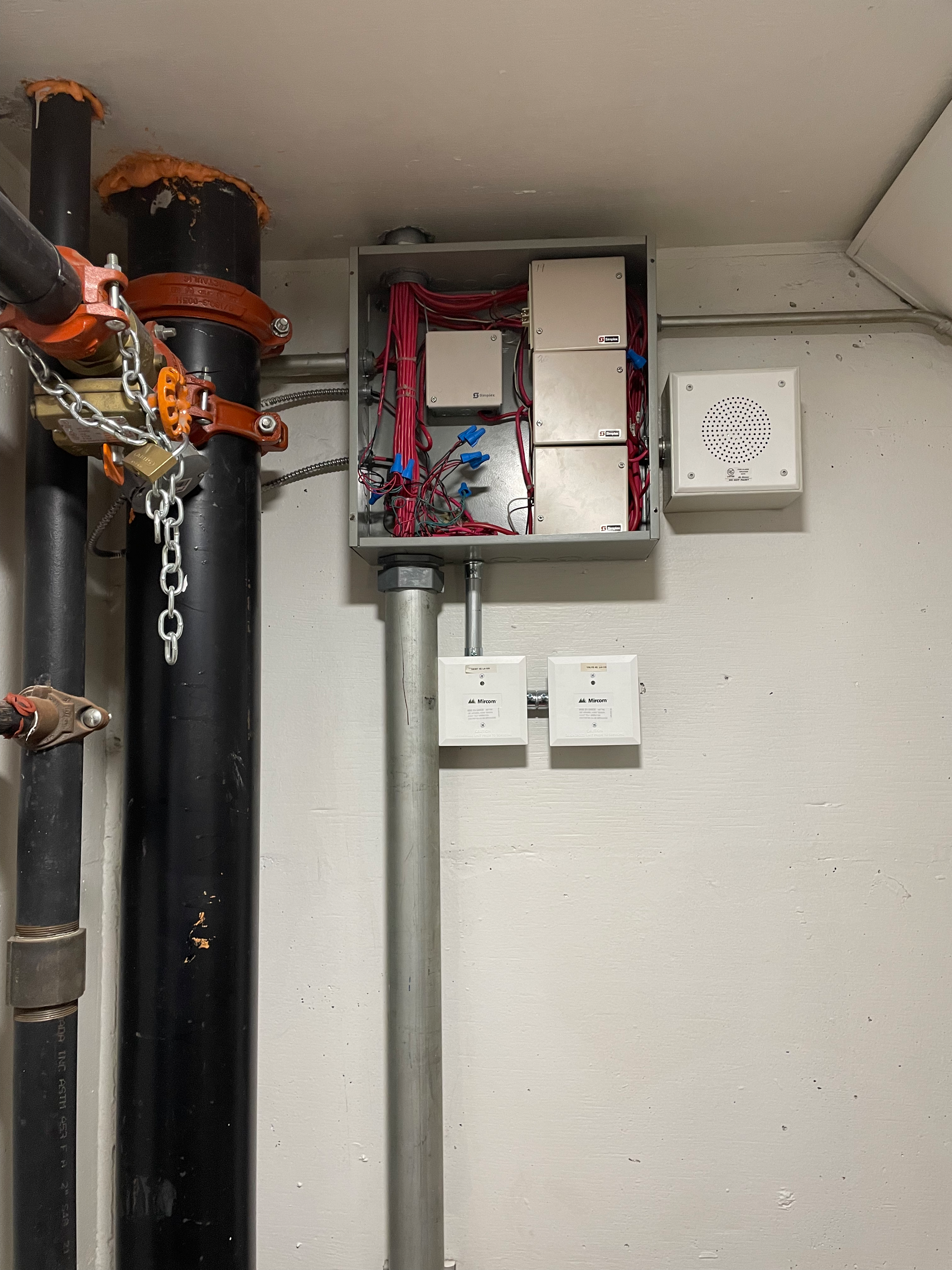
2nd floor

Front door sensor with no casing
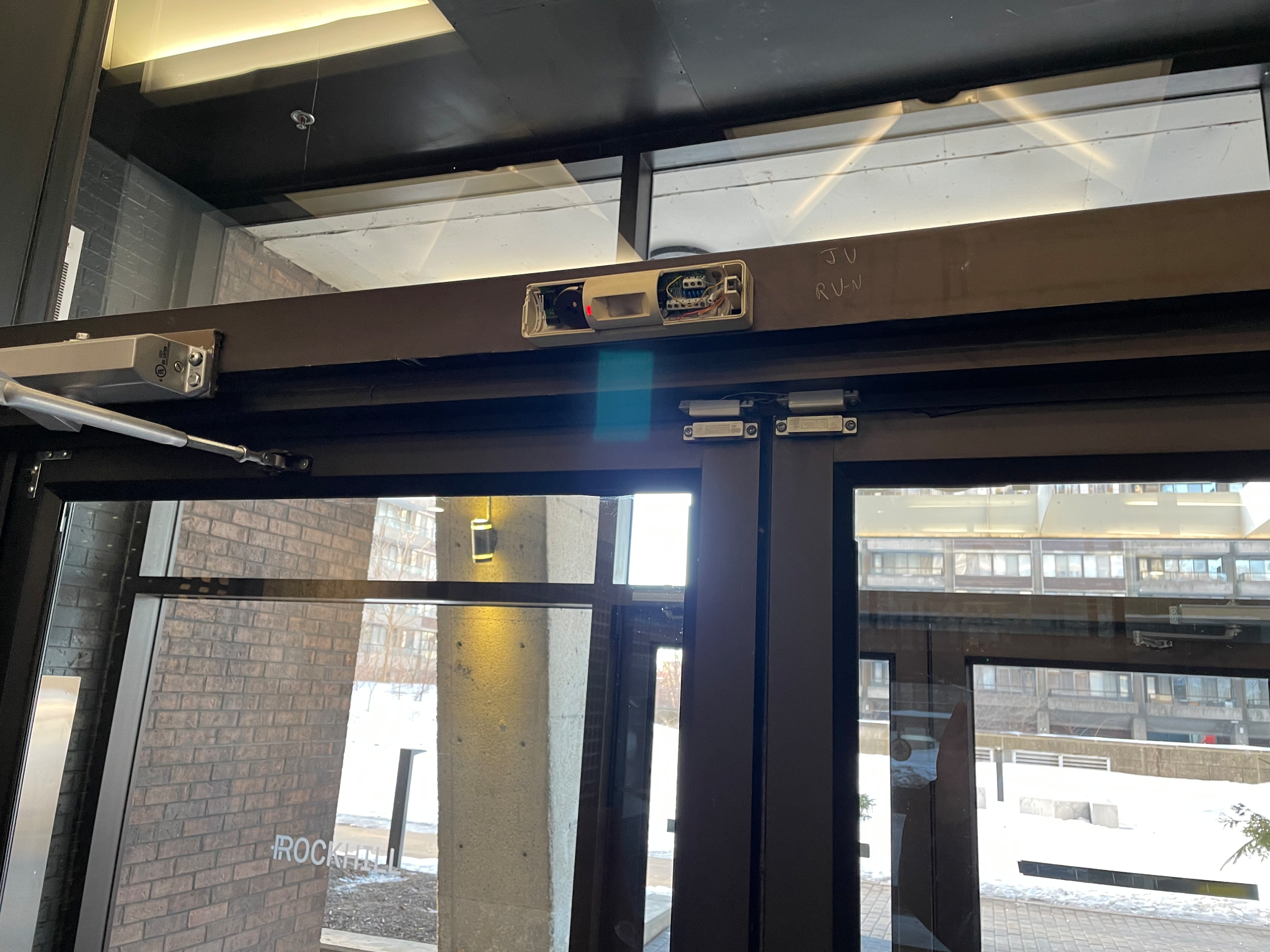
rear door sensor (non-functional)
Electronic equipment is sensitive to moisture, static electricity, dust (at the contact points). This could incur extra maintenance costs for repairs that could have been avoided. In fact proper functioning of these equipments could be compromised, which could lead to a serious situation in case of emergency.
It is also an appearance of neglect that encourages vandals to target these devices or other things.
- Is this a known issue?
- Are we waiting for parts?
- Are the boxes broken or missing ? (e.g. sensors in the lobby)
Feb 5 2024: Administration's response: The boxes are open because it will take several months to complete the installation of the alarm system. It is unclear what is happening with the lobby sensors. It needs to be checked with the maintenance supervisor.
- Discuss with the maintenance supervisor to make covering electronic connectors and parts a Standard Operating Procedure
- Make sure to remove the dust and test the connectivity and functionality of the items when lids are finally added back
The wires of the alarm system continue to be exposed, all the while system tests are being performed.
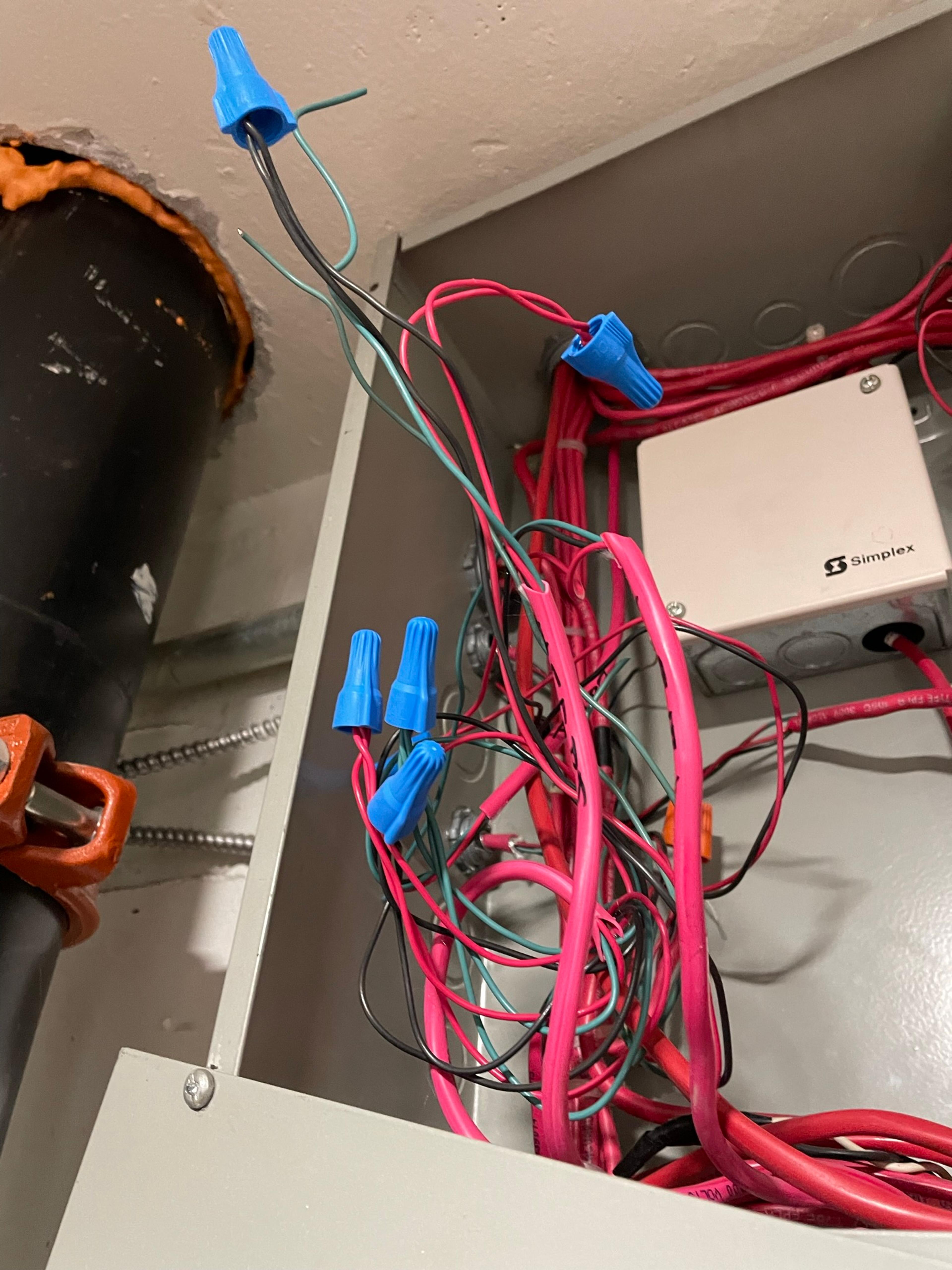
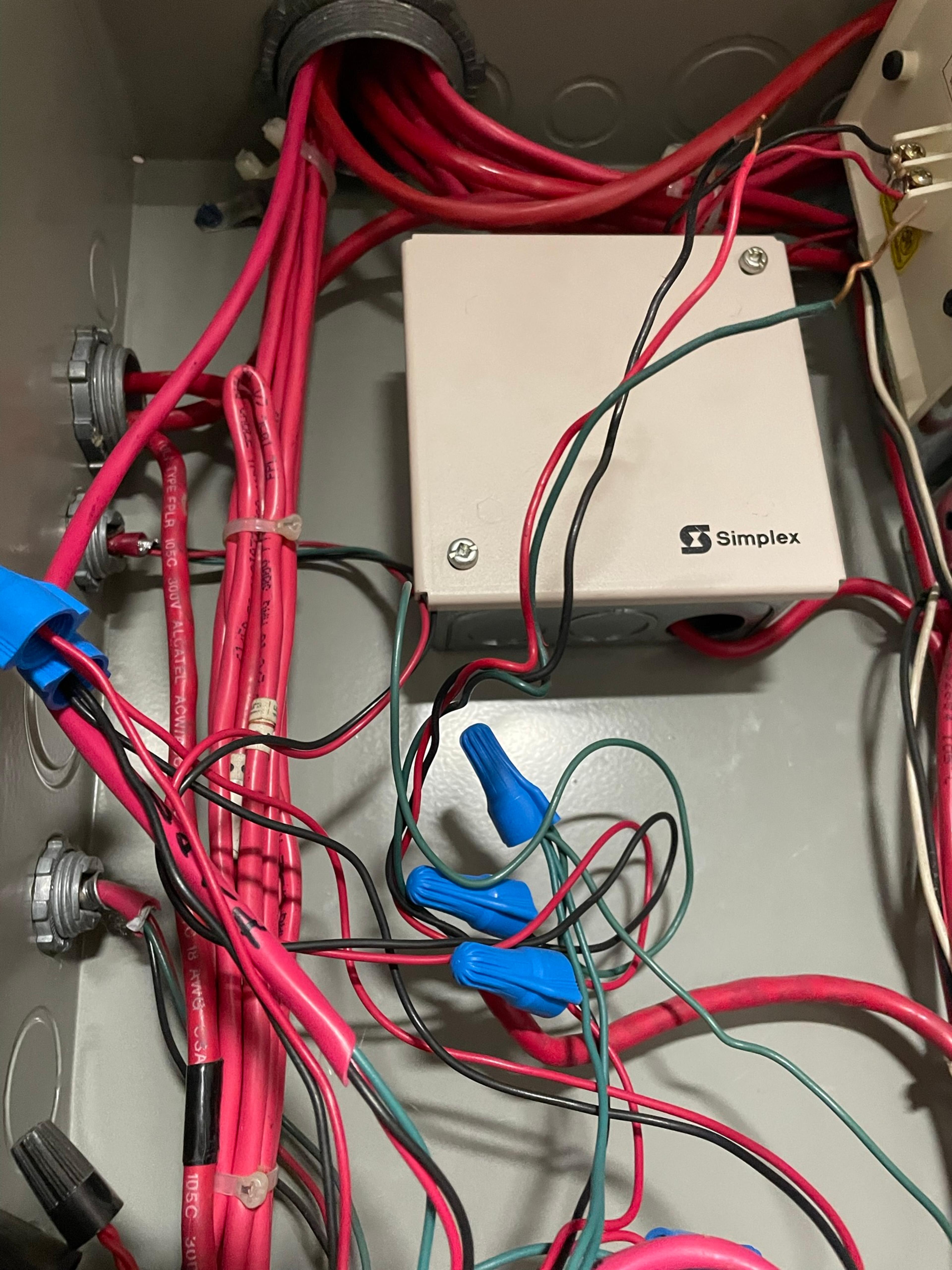
In the photo,

In the photo, the device labeled "Simplex" is a well-known brand that specializes in fire alarm and life safety systems. The device shown in the photo appears to be a fire alarm system component, possibly a power supply or a control communicator for the system.
The Simplex device is a white box mounted on the back wall of the cabinet, with multiple wires connected to it. This component is part of the network that monitors and controls the fire alarm system in your building. The wires connected to it likely lead to various sensors, alarms, and possibly to a central monitoring service. The Simplex unit would process signals from fire detection devices and then activate the necessary alarms or notifications according to the system's design.
The photo shows several wires with wire nuts, which are typically used to secure wire connections. Some wires appear to have wire nuts properly attached, but there are also exposed wire ends without caps, which could potentially be live depending on the configuration and whether power is supplied to them. Exposed electrical wires always present a risk of electric shock, which can lead to injury or even be fatal if someone were to come into contact with them, especially if the system is active and those wires are carrying current.
Additionally, there are other concerns with such setups:
- Fire Hazard: Improperly managed or unprotected electrical connections can overheat or spark, leading to a fire risk.
- System Reliability: Exposed wires are vulnerable to damage, which can affect the reliability of the fire alarm system or other critical building infrastructure.
- Code Violations: Electrical and fire safety codes typically require all connections to be insulated and protected to prevent accidental contact.
Leaving electrical wires exposed, even in a system that is not yet fully operational, is generally not considered best practice for several reasons:
- Safety: Even if the system is not operational, circuits can become energized during testing or by accident, posing a shock hazard to workers and others who may come into contact with the exposed wires.
- Damage: Exposed wires are more susceptible to damage from construction activities, environmental factors, or tampering, which could result in faults or short circuits when the system is eventually energized.
- Regulatory Compliance: Building codes and safety regulations may require that all electrical systems be left in a safe state at all times, even during construction or installation.
- Professional Standards: Leaving wiring exposed in this manner could be considered unprofessional, as it suggests poor workmanship and a lack of regard for ongoing safety.
Best practice would dictate that any non-active wires should be safely capped and stowed to prevent accidental contact. If the system is going to be left in an incomplete state for an extended period, it would be prudent to take measures to ensure safety and code compliance. This could include:
- Capping all unused wires.
- Securing wires to prevent contact.
- Clear labeling of wires to indicate their status (e.g., live, neutral, not in use).
- Ensuring that any energized parts of the system are clearly marked and protected
However, the wiring appears disorganized and not neatly bundled, which could be a sign of poor installation or maintenance practices. It's important for safety systems to be well organized and maintained to ensure reliable operation.

